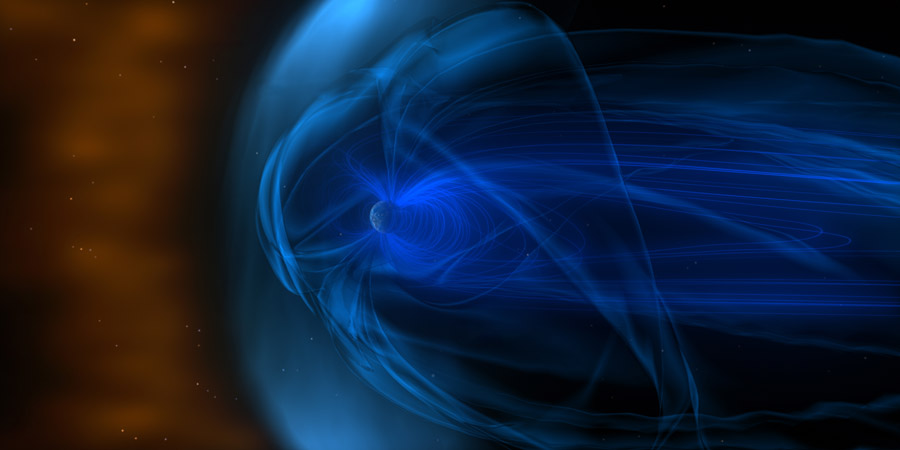Coronal mass ejection arrival
Tuesday, 19 January 2016 01:31 UTC

Yesterday around 20:55 UTC we saw a minor shock in the solar wind which is likely the arrival of the filament coronal mass ejection of 15 January.
More about that eruption can be read here.
The CME from the filament eruption from last week has just arrived at Earth. Follow live on https://t.co/XHATH0OOfT pic.twitter.com/tCDfvV4DAl
— SpaceWeatherLive (@_SpaceWeather_) 18 januari 2016
The solar wind speed increased from 300 to 370km/s when the shock passed ACE and the IMF slowly turned into a prelonged negative (southward) orination averaging out at about -6nT. At the time of writing, the observed Wing-Kp index hasn't increased beyond -3 but the NOAA SWPC did report that the Kp4 threshold (active geomagnetic conditions) has been reached. Active geomagnetic conditions (Kp4) remains possible in the hours ahead if the direction of the IMF (Bz) continues to be southward. Sky watchers near the US-Canadian border should be alert for auroral displays in the hours ahead.
Thank you for reading this article! Did you have any trouble with the technical terms used in this article? Our help section is the place to be where you can find in-depth articles, a FAQ and a list with common abbreviations. Still puzzled? Just post on our forum where we will help you the best we can!
Latest news
Latest forum messages
Support SpaceWeatherLive.com!
A lot of people come to SpaceWeatherLive to follow the Sun's activity or if there is aurora to be seen, but with more traffic comes higher server costs. Consider a donation if you enjoy SpaceWeatherLive so we can keep the website online!

Space weather facts
| Last X-flare | 2025/03/28 | X1.1 |
| Last M-flare | 2025/04/22 | M1.3 |
| Last geomagnetic storm | 2025/04/21 | Kp5+ (G1) |
| Spotless days | |
|---|---|
| Last spotless day | 2022/06/08 |
| Monthly mean Sunspot Number | |
|---|---|
| March 2025 | 134.2 -20.4 |
| April 2025 | 126.5 -7.7 |
| Last 30 days | 124.6 -4.5 |


